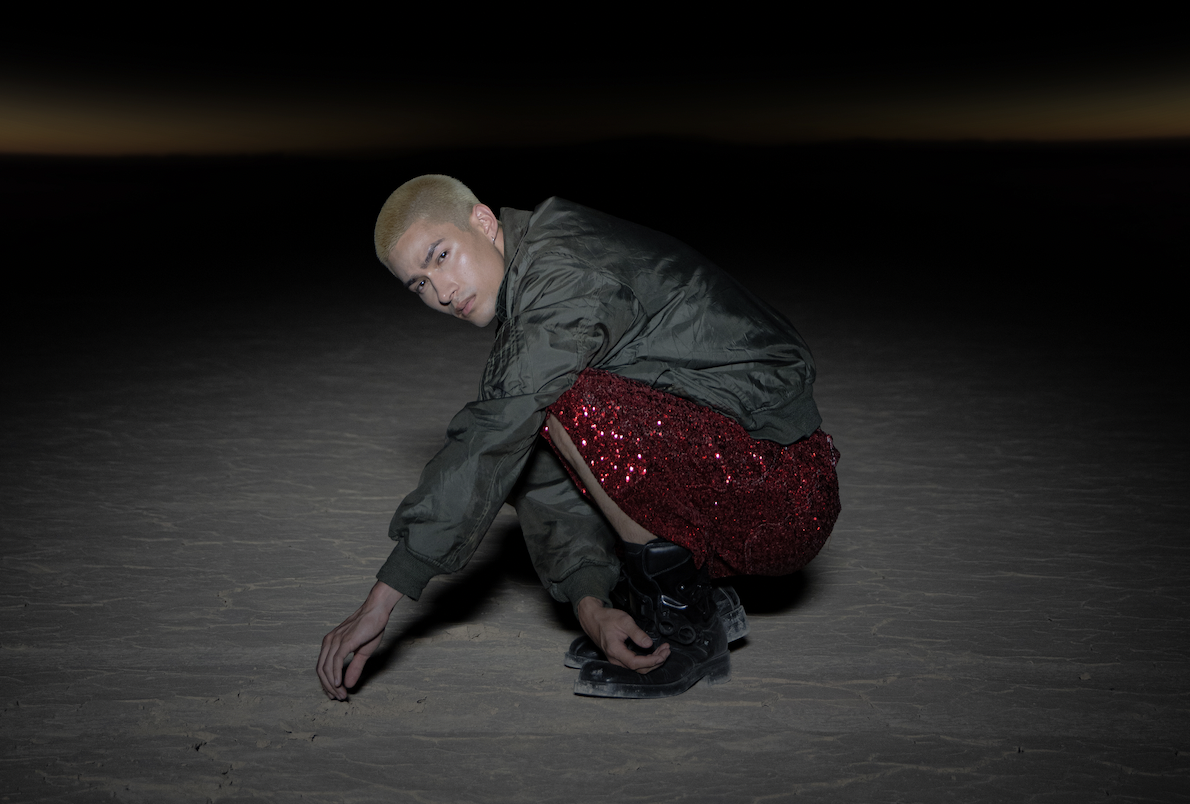This week there has been some discussion over the Economist’s latest China-focused front page. In it, a graphic of a globe with spikes across it represents “China’s sharp power,” and its apparently increasing intrusions across the globe. The Economist is well known for its smart, eye-catching covers, and their global political-cum-economic coverage sees them pretty regularly focusing this front page on China. In fact, it was a 2016 Economist cover that seems to have placed their website beyond the Great Firewall; this particular cover showed Xi Jinping standing in a Mao suit, with crowds behind holding banners adorned with his name, the punchy cover text reading, “Beware the cult of Xi”:

It’s only been since the rise of Xi that Economist fronts have focused on a Chinese leader so directly. He’s appeared on about eight front covers in the last eight years, more frequently than anyone else. Often he is framed as being intimately conscious of and intertwined with Chinese history, as in the above example, or as in a May 2013 cover that sees him dressed as a Chinese emperor with the text reading, “Let’s party like it’s 1793”. Another cover from August 2015 depicts Xi in a modern suit but with a gun in hand, the text: “Xi’s history lesson: How China rewrites the past to control the future”.

“Xi makes The Economist cover again” (SCMP)
But when it comes to symbolizing China, the Economist goes for two motifs more than any other: the panda and the dragon. The panda and the dragon have long been associated with China, and each is venerated as a national animal of the country. Pandas have historically been aligned with the black and white of the Yin-Yang, their mixed fur representing balance and peace. Both inside and outside of China, the panda’s gentle aura is generally agreed upon.
When it comes to symbolizing China, the Economist goes for two motifs more than any other: the panda and the dragon
The symbolism of the dragon is a little more complex. In China it is associated with prosperity and success, there are a few Chinese proverbs that compare success in oneself or offspring to dragons. Outside of China, the dragon is often seen to represent violence and aggression, and although this sense of the dragon is not completely omitted from common Chinese understandings, there is certainly some difference. This misunderstanding was recognized by the Chinese government during preparations for the Beijing 2008 Olympics, when the dragon was not selected as one of the mascots for the Beijing 2008 Olympics; the panda, however, was.

In an August 2013 Economist the text on the front page reads, “The world’s worst polluter: Can China clean up fast enough?” — the connotation pushed by both the headline and accompanying image of a fire-breathing dragon wrapped around the globe is that China’s pollution problems are a danger to everyone. In a December 2010 issue the headline text reads: “China and India: A tale of two vulnerable economies”, India is an elephant, while vulnerable, fragile China is the docile panda.
There is no fixed rule, but on several occasions vulnerable, friendly China is a panda and dangerous, unfriendly China is a dragon. Two other examples: a May 2008 cover has the simple headline, “Angry China”, and a close-up of a red-skinned, orange-eyed dragon, while a December 2013 issue with a cover focusing on “China’s Hollywood” gets a cigar-smoking panda.

On some occasions, the traits of the dragon and the panda are utilized with more nuance. For instance, a September 2017 cover shows a panda with a hand of playing cards looking out to the viewer, the front text reads, “Does China play fair?”, perhaps suggesting that a soft and friendly panda-like China is a useful bluffing tool to hide more ominous pursuits. Another example from September 2014, a huge panda pokes its head up over Hong Kong from the Mainland, and reaches a single paw into the metropolis. Here the headline reads, “The struggle for Hong Kong: And for China’s future”, similarly suggesting to be wary of China, since it has a reputation that belies the softening of its image.
In January 2016, a cover shows a seemingly out-of-control dragon helmed by Xi crashing downwards, accompanied by the text, “Everything’s under control: China, the yuan and the markets”. The suggestion here is that the incredible and aggressive upward growth of China was faltering, but not to underestimate this.

“How China is battling ever more intensely in world markets” (Economist)
Xi, dragons and pandas are just the most frequently occurring of the Economist’s China-focused front cover motifs. There has also been a spaceship, a Sichuan opera mask, military imagery, a bridge, traditional blue-and-white porcelain, and, less commonly, photographs of real Chinese citizens. A nice one is a June 2001 cover showing three punks: one wears a typical Che Guevara revolutionary t-shirt, while another sports a similar design but with Che replaced by Mao Zedong.
Economist front-pages work because they draw for highly recognizable symbolism: Mexico is sombreros; India is elephants; Russia is bears. But as the arguments over this week’s cover have hinted at, often when China is represented this crude combination of short text and stereotypical image is purposefully reductive:
It is a mistake to talk about “Chinese influence”. That is a dangerous conflation that can spark anti-Chinese sentiment. The issue is “Chinese Communist Party influence operations”. Warning against those is not anti-Chinese. Don’t be lazy, and don’t let CCP media conflate the two
— Bill Bishop (@niubi) December 17, 2017
For the reader to get beyond the simple supposition of the front page, you have to buy and open the magazine, which is exactly what a good front page should make you want to do — but subtleties in representing China’s shifting global status should also be taken into consideration, and rigorously covered.
Cover image: The Economist Twitter
















